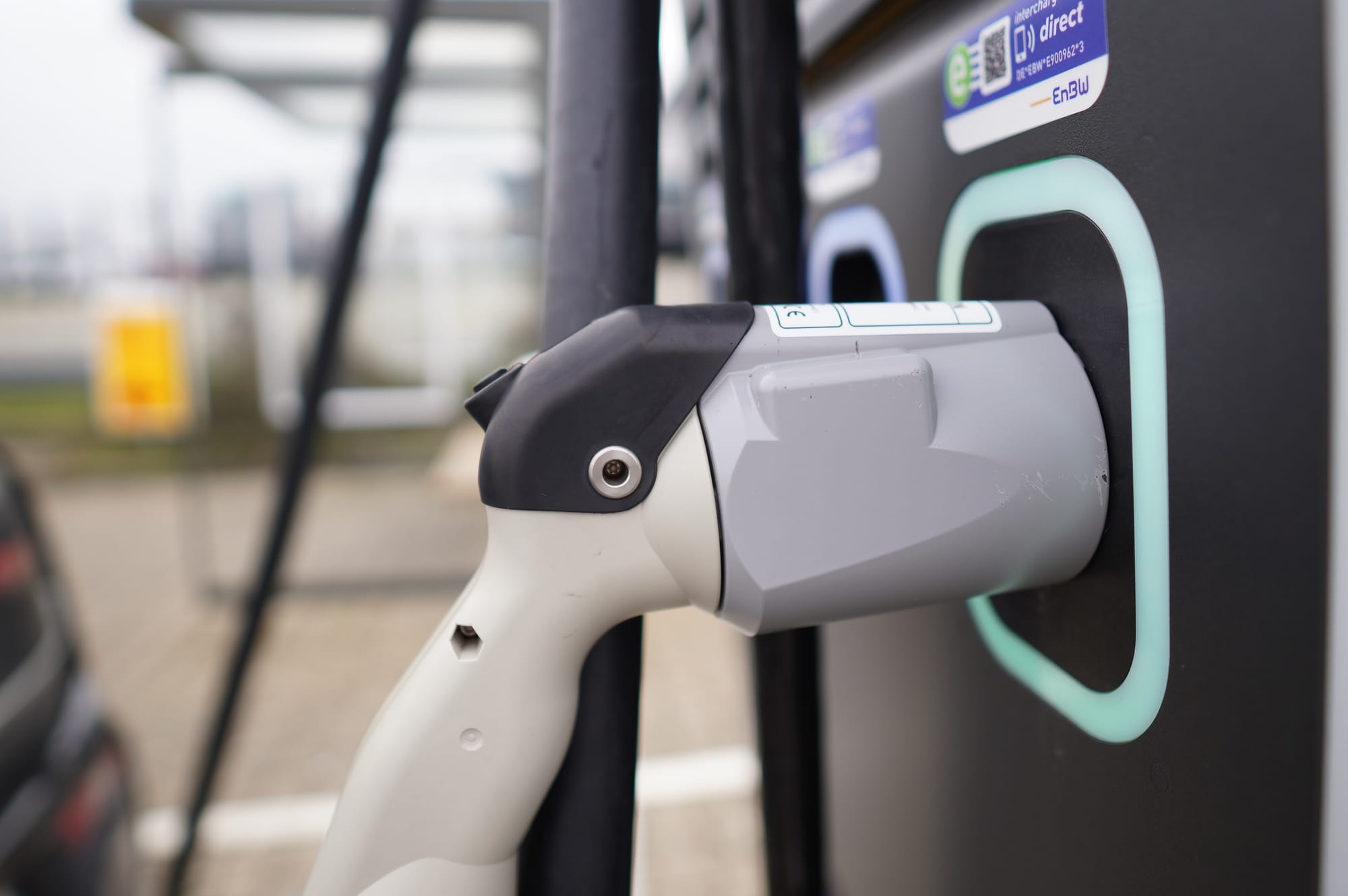A Brief History on Recycling and Its Future

Recycling has come a long way since its early beginnings many centuries ago. What started as a practical way to reuse limited resources has evolved into a global movement to protect our planet. Now, the future looks bright for even more advancements in recycling technology and participation.
It's incredible when you track the history of recycling how far we've come in a relatively short time. Of course, reusing materials was a necessity centuries ago before mass production when resources were precious and scarce, but it wasn't until the 1970s environmental movement that recycling really began to make headway into the public consciousness as a way to be green.
The very first Earth Day in 1970 was a watershed moment that launched the modern recycling era. Since then, huge progress has been made, with recycling bins as ubiquitous as telephone poles in many neighborhoods. Still, there's much work to be done before we achieve anything close to zero waste. The biggest category still ending up in landfills rather than recycling facilities? You guessed it – plastics.
Plastics pose one of the most frustrating recycling challenges. Despite marking codes imprinted on most containers these days, less than 10 percent of plastics actually get recycled currently. The other 90 plus percent winds up contaminating oceans, rivers, landscapes and landfills for centuries or longer before decomposing. The durability that makes plastic so useful in protecting foods and consumer goods also makes it frighteningly resilient after disposal.
Thankfully, game-changing technologies are emerging almost daily to crack the plastics recycling puzzle. Chemists are cooking up new techniques to convert used plastics into virgin-quality resins for manufacturing new goods. Sorting equipment using optical sensors can now identify types of plastic more accurately for separation at recycling plants. There are even special bacteria and worms evolving with an appetite for plastic.
Beyond plastics, we're seeing progress across other recycling categories as well. Financial incentive programs are expanding to motivate more consumer participation. Imagine getting paid for every bottle, can or carton you return to a smart reverse vending machine! New paper and fabric bags are getting engineered to be durable and water resistant, replacing wasteful plastic totes. The quest for greener, more sustainable alternatives to traditional packaging and products takes inspiration from natural forms and processes. Mushroom roots transformed into foam, cocoa bean shells repurposed as tableware, juice pulp dried into baking cups – so many creative solutions percolating!
Another key area getting attention is batteries from the boom in electric vehicles and portable electronics. Recycling used lithium batteries not only keeps toxic metals out of landfills but also ensures adequate supply of cobalt, nickel, and other finite resources needed for new production. The same logic applies to recycling electronics and appliance components and other everyday items we take for granted.
Even with all the technological feats, what matters most is the human element – our choices as consumers and commitment to full participation. We control demand with our purchasing power. And consistent recycling behaviors on an individual level multiply exponentially to drive change.
Rather than feel overwhelmed, we can each simply take one small step today – whether reusing an item destined for the trash, researching proper local disposal options for household hazardous waste or teaching children why recycling matters. Tiny actions join together to bend the arc of history toward environmental healing. The future depends on it.
Written by: William Song